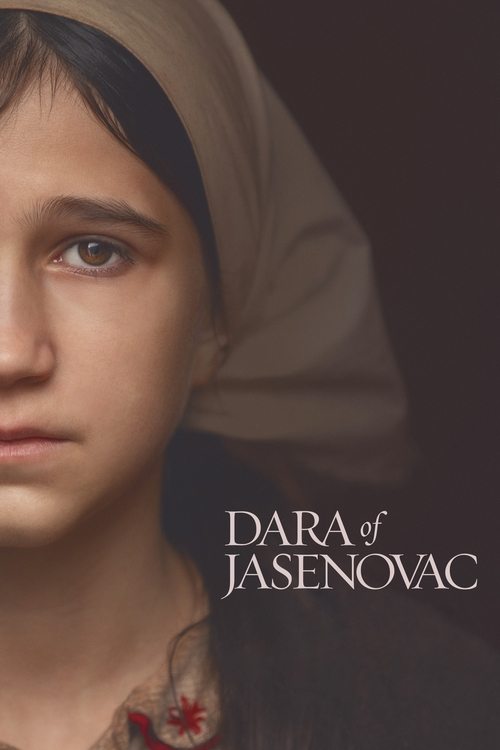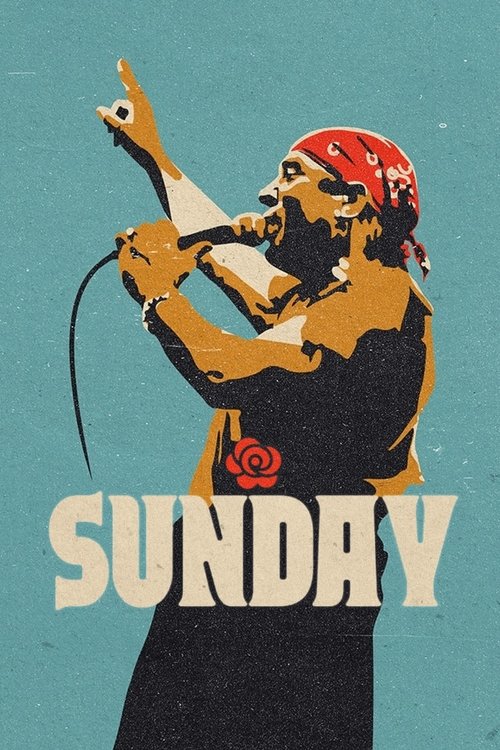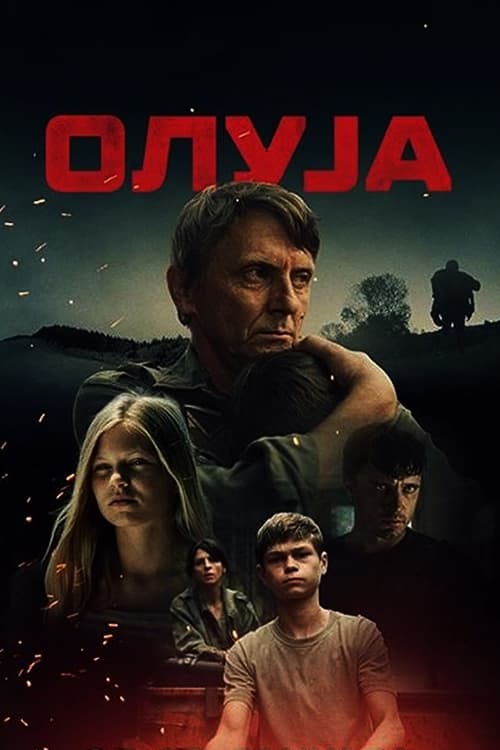
Ask Your Own Question
What is the plot?
What is the ending?
In the ending of "Dara of Jasenovac," Dara, a young girl, endures the horrors of the Jasenovac concentration camp. After witnessing the brutalities inflicted upon her family and fellow prisoners, she ultimately escapes the camp. The film concludes with her finding a semblance of hope as she is rescued by partisans, but the trauma of her experiences lingers.
As the final scenes unfold, the atmosphere is heavy with despair and resilience. The camera captures the stark, oppressive environment of the camp, where Dara has been subjected to unimaginable cruelty. The sound of distant cries and the sight of emaciated bodies serve as a haunting backdrop to her journey.
In a pivotal moment, Dara witnesses the execution of her mother, which shatters her innocence and solidifies her determination to survive. The emotional weight of this loss propels her forward, igniting a fierce will to escape. As she navigates the treacherous landscape of the camp, her internal struggle is palpable; she grapples with fear, grief, and a flicker of hope.
Dara's escape is fraught with danger. She stealthily moves through the shadows, evading guards and the ever-present threat of violence. The tension builds as she encounters other prisoners, some of whom are too broken to hope for freedom. Dara's resolve stands in stark contrast to their despair, showcasing her strength in the face of overwhelming odds.
In the climactic moments, Dara finally reaches the perimeter of the camp. The barbed wire looms ominously, a symbol of her confinement and the horrors she has endured. With a surge of adrenaline, she makes a desperate dash for freedom. The camera captures her raw emotion--fear, determination, and a glimmer of hope--as she breaks through the barriers that have held her captive.
As she escapes into the surrounding woods, the sounds of the camp fade, replaced by the rustling of leaves and the distant calls of nature. Dara's heart races, a mix of relief and lingering trauma. She is soon discovered by a group of partisans, who offer her safety and a chance at a new life. Their kindness contrasts sharply with the brutality she has known, providing a moment of solace amidst her suffering.
The film closes with a poignant image of Dara, now a symbol of resilience and survival. Though she has escaped the physical confines of Jasenovac, the emotional scars remain. The final shot lingers on her face, reflecting a complex blend of hope and sorrow, encapsulating the enduring impact of her experiences.
In summary, the fates of the main characters are starkly defined: Dara survives, carrying the weight of her trauma but also the strength of her spirit. Her mother, tragically, does not survive the camp, and the other prisoners represent the lost lives and shattered dreams of countless individuals who suffered under the regime. The ending serves as a powerful reminder of the resilience of the human spirit in the face of unimaginable horror.
Is there a post-credit scene?
"Dara of Jasenovac," produced in 2020, does not feature a post-credit scene. The film concludes its narrative without any additional scenes or content after the credits roll. The story focuses on the harrowing experiences of a young girl named Dara during the Holocaust in the Jasenovac concentration camp, emphasizing the emotional weight and historical significance of the events depicted. The film ends on a poignant note, leaving the audience to reflect on the tragedy and resilience portrayed throughout the story.
What is the significance of the character Dara in the film?
Dara is the central character whose journey embodies the struggle for survival and the fight against the horrors of the Jasenovac concentration camp. Her resilience and determination to protect her family and fellow inmates highlight the human spirit's capacity to endure even in the darkest times.
How does Dara's relationship with her family evolve throughout the film?
Dara's relationship with her family is marked by deep love and a fierce protective instinct. As the film progresses, she faces the harrowing reality of separation and loss, which intensifies her resolve to keep her loved ones safe, showcasing the emotional turmoil and desperation that comes with their dire circumstances.
What role do the camp guards play in Dara's story?
The camp guards serve as antagonists in Dara's story, representing the brutal oppression and dehumanization faced by the inmates. Their cruelty and indifference to the suffering of the prisoners create a constant atmosphere of fear, driving Dara's actions and decisions as she navigates the perilous environment of the camp.
How does the film depict the experiences of children in the camp through Dara's perspective?
The film poignantly illustrates the innocence of childhood juxtaposed with the horrors of the camp. Through Dara's eyes, viewers witness the impact of trauma on children, as she strives to maintain a sense of normalcy and hope for her younger siblings amidst the chaos and brutality surrounding them.
What pivotal moments define Dara's character development in the film?
Key moments that define Dara's character include her initial arrival at the camp, where she is forced to confront the reality of her situation, her acts of defiance against the guards, and her unwavering commitment to her family. Each of these moments deepens her character, showcasing her transformation from a frightened girl to a determined survivor.
Is this family friendly?
"Dara of Jasenovac" is a historical drama that deals with the harrowing experiences of children during the Holocaust in the Jasenovac concentration camp in Croatia. The film is not considered family-friendly due to its intense and disturbing subject matter.
Potentially objectionable or upsetting scenes include:
-
Graphic Violence: The film depicts acts of brutality and violence against children and families, showcasing the harsh realities of life in a concentration camp.
-
Death and Suffering: There are scenes that portray the suffering and death of characters, which can be emotionally distressing.
-
Emotional Trauma: The film explores themes of loss, fear, and despair, which may be overwhelming for younger viewers or sensitive individuals.
-
Depictions of Starvation: The portrayal of malnutrition and the physical decline of characters can be unsettling.
-
Separation of Families: The emotional impact of families being torn apart is a central theme, which can be particularly distressing.
Overall, the film addresses heavy historical themes and contains content that may not be suitable for children or those who are sensitive to such topics.


































